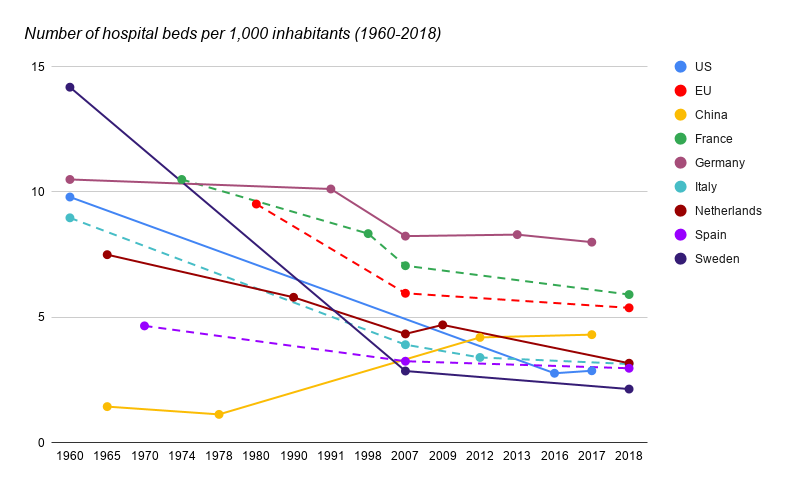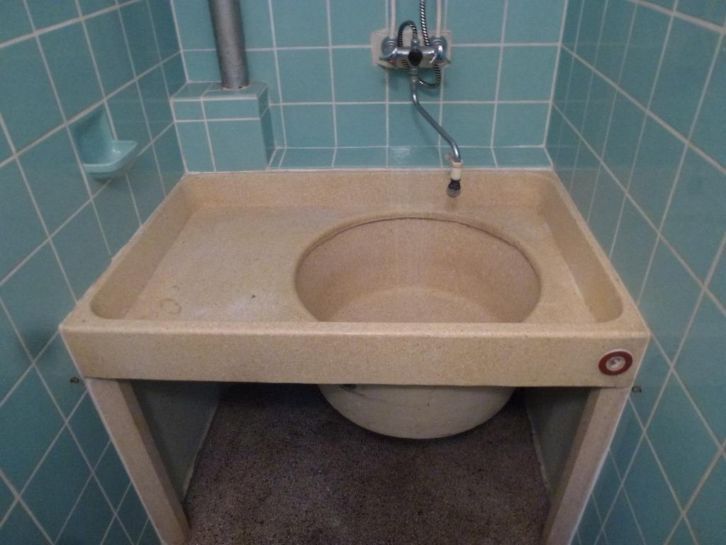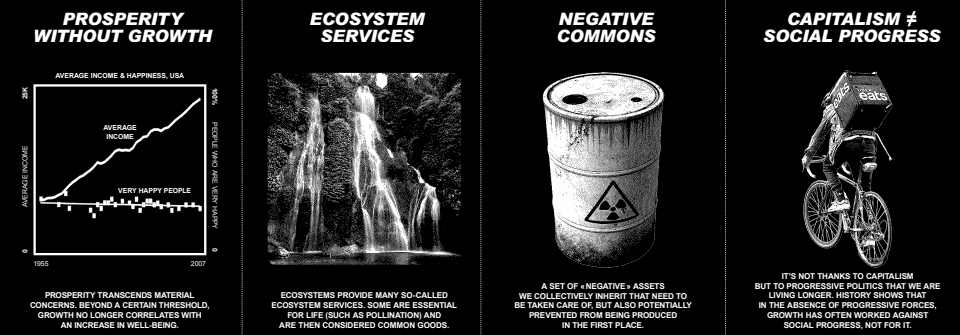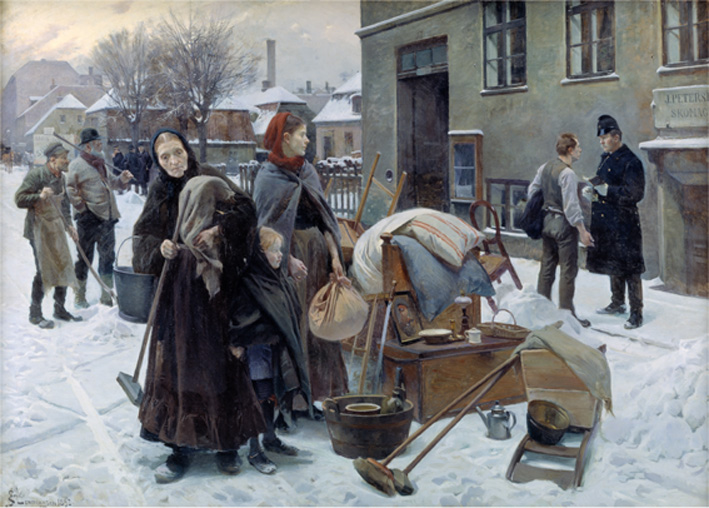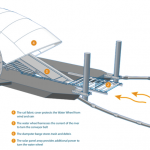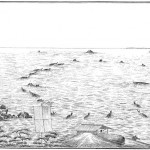Corona restrictions around the world are primarily aimed at not overwhelming hospital capacity. But hospital capacity is not what it used to be. In the 1960s and 1970s, the US and many European countries had around ten hospital beds per thousand inhabitants. Nowadays, the US has less than three, while many European countries have less than five.
Hospital beds are defined as beds that are maintained, staffed, and immediately available for use. Total hospital beds include acute care beds, rehabilitative beds and other beds in hospitals. [Read more…]
